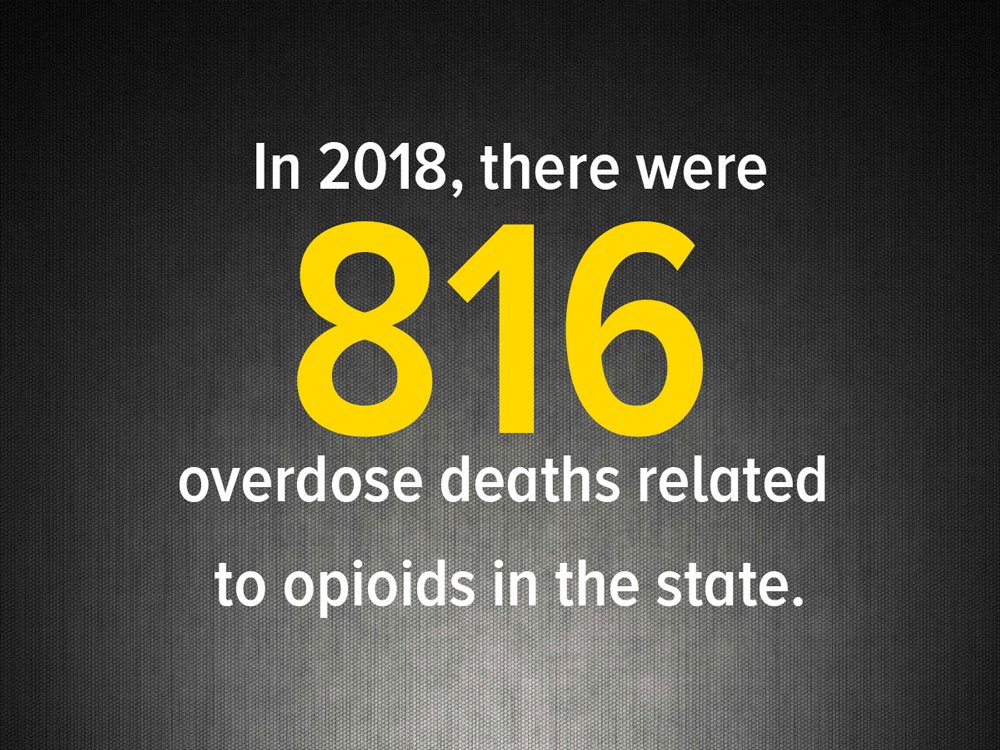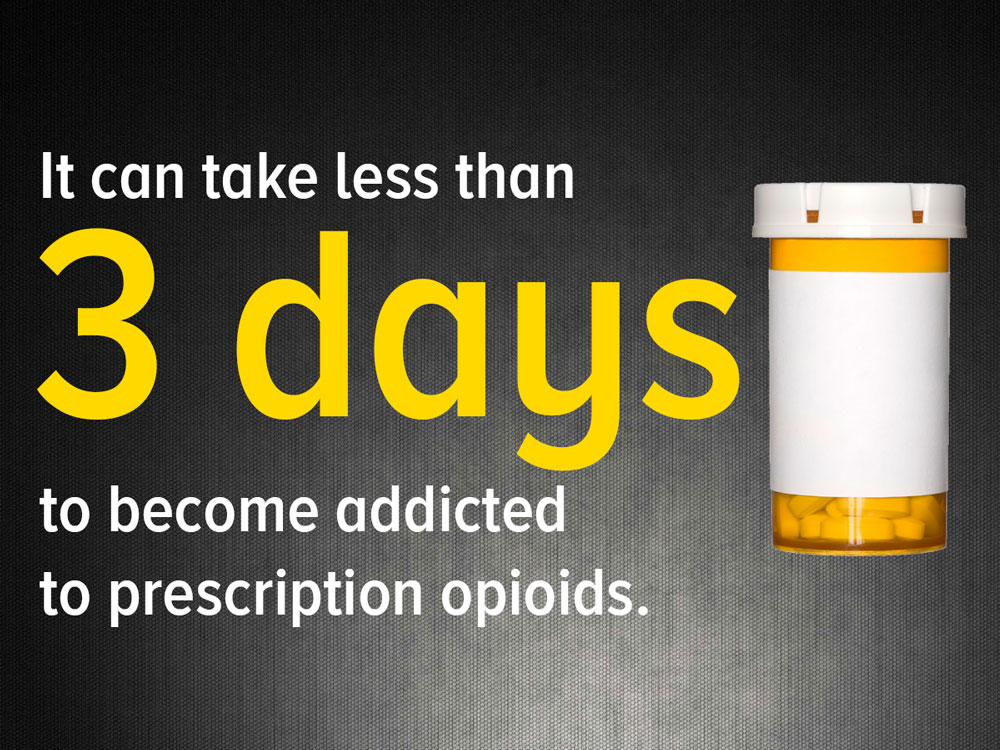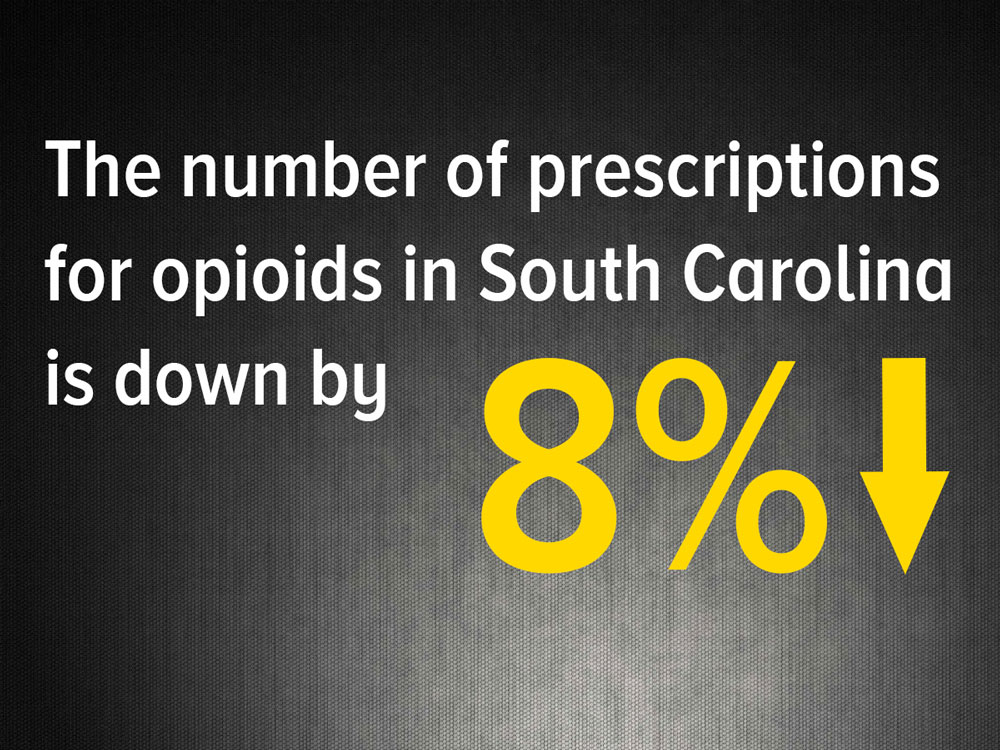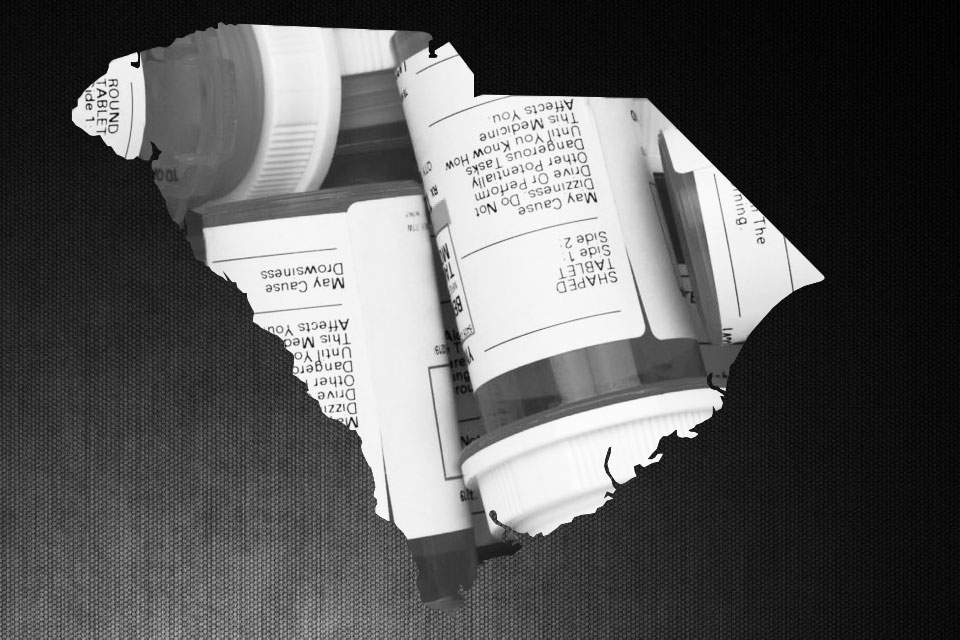Perspectives: A Look at the Opioid Epidemic in South Carolina
In recent years, news about the opioid epidemic has been escalating. It is an issue that has caught the attention of many Americans. One hundred and thirty Americans die daily from opioid drug overdose, according to the Centers for Disease Control and Prevention (CDC)*. South Carolina has not been the center of the epidemic, but where does the Palmetto State fall in this crisis?
What is the status of the opioid epidemic in South Carolina?
Although South Carolina isn’t among the top states for opioid-related deaths (the state is No. 26 in terms of rankings), the number of opioid overdose deaths continues to increase in the state. In 2018, there were 816 overdose deaths related to opioids in the state according to the South Carolina Department of Health and Environmental Control (S.C. DHEC)*. The number of deaths has climbed consistently in the past four years. Nationally, opioid-related deaths fell slightly last year according to provisional data from the CDC.
Who are the victims of the opioid epidemic in South Carolina?
It is likely that everyone knows someone who is affected by this crisis. The epidemic crosses racial, class, age and gender boundaries. The majority of the deaths in South Carolina in 2018 were individuals ages 25 – 35, and 54 percent of those who died were white males.
Where is this happening?
Every county in the state has to grapple with the opioid epidemic. It crosses the state from the Lowcountry to the Upstate, from the Pee Dee to the Midlands. Greenville, Kershaw and Sumter counties had the largest increase in deaths in 2018. At 131, Greenville County had the largest number of deaths. It isn’t all bad news, however. Several counties had decreases in the number of deaths (Richland, Lancaster and Anderson), possibly because of efforts by law enforcement and other coalitions, according to S.C. DHEC.
Why is BlueCross talking about opioids?
The seriousness of the public health threat cannot be overstated, as the CDC estimates it can take fewer than three days to become addicted to prescription opioids, and too many South Carolinians have been touched by the devastation of the opioid epidemic. We want people to be armed with information — to understand the risk — and also to know that there are alternatives for pain management available to them.
How is South Carolina responding?
In 2017, Gov. Henry McMaster declared a statewide public health emergency and established the state’s Opioid Emergency Response Team (OERT). Since then, agencies across the state have been working to find solutions. In 2018, BlueCross BlueShield of South Carolina joined the South Carolina Hospital Association* and the South Carolina Medical Association* to form the Opioid Risk Prevention Partnership to advance the conversation among and between hospitals, providers, patients and the public on pain and the appropriate use of alternatives to opioids in pain management.
Is there any good news?
Yes. The number of prescriptions for opioids in South Carolina is down by 8 percent, according to S.C. DHEC numbers. This means more provider/patient conversations about opioid risk are occurring and overall awareness of the drugs’ dangers is increasing. More people are also using alternative therapies to manage pain, and there are fewer drugs available for possible misuse. Moreover, the number of treatment centers for people with opioid or substance abuse disorder continues to increase, making it possible for individuals to seek help closer to home. Increased attention to this issue continues to spur conversation among patients, physicians and others in the community. There are reasons to be hopeful.
How do I get help?
If you are a BlueCross member, you can call the number on the back of your member ID card to find help. For more information, visit the Department of Alcohol and Other Drug Abuse Services (DAODAS)* website.
*These are independent organizations that offer health information that you may find helpful.
Sep. 12, 2019

According to the South Carolina Department of Health and Environmental Control.

According to the Centers for Disease Control and Prevention.

According to the South Carolina Department of Health and Environmental Control.





















